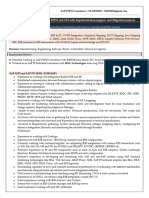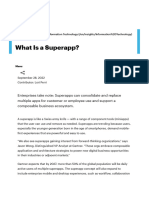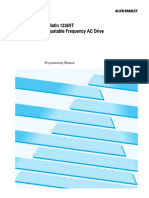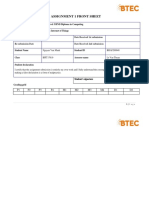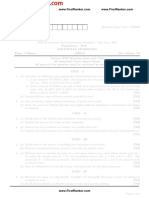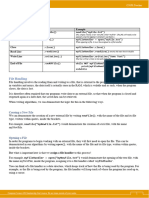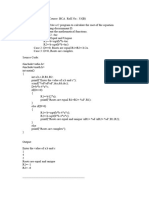0% found this document useful (0 votes)
80 views6 pagesCloud Computing Notes
The document provides an overview of cloud computing, covering its evolution, characteristics, types, services, benefits, and challenges. It details cloud architecture, virtualization technologies, programming models, security issues, and various cloud platforms and applications. Key topics include service models like IaaS, PaaS, SaaS, and the importance of security and compliance in cloud environments.
Uploaded by
lelinjiten2468Copyright
© © All Rights Reserved
We take content rights seriously. If you suspect this is your content, claim it here.
Available Formats
Download as PDF, TXT or read online on Scribd
0% found this document useful (0 votes)
80 views6 pagesCloud Computing Notes
The document provides an overview of cloud computing, covering its evolution, characteristics, types, services, benefits, and challenges. It details cloud architecture, virtualization technologies, programming models, security issues, and various cloud platforms and applications. Key topics include service models like IaaS, PaaS, SaaS, and the importance of security and compliance in cloud environments.
Uploaded by
lelinjiten2468Copyright
© © All Rights Reserved
We take content rights seriously. If you suspect this is your content, claim it here.
Available Formats
Download as PDF, TXT or read online on Scribd
/ 6


























































